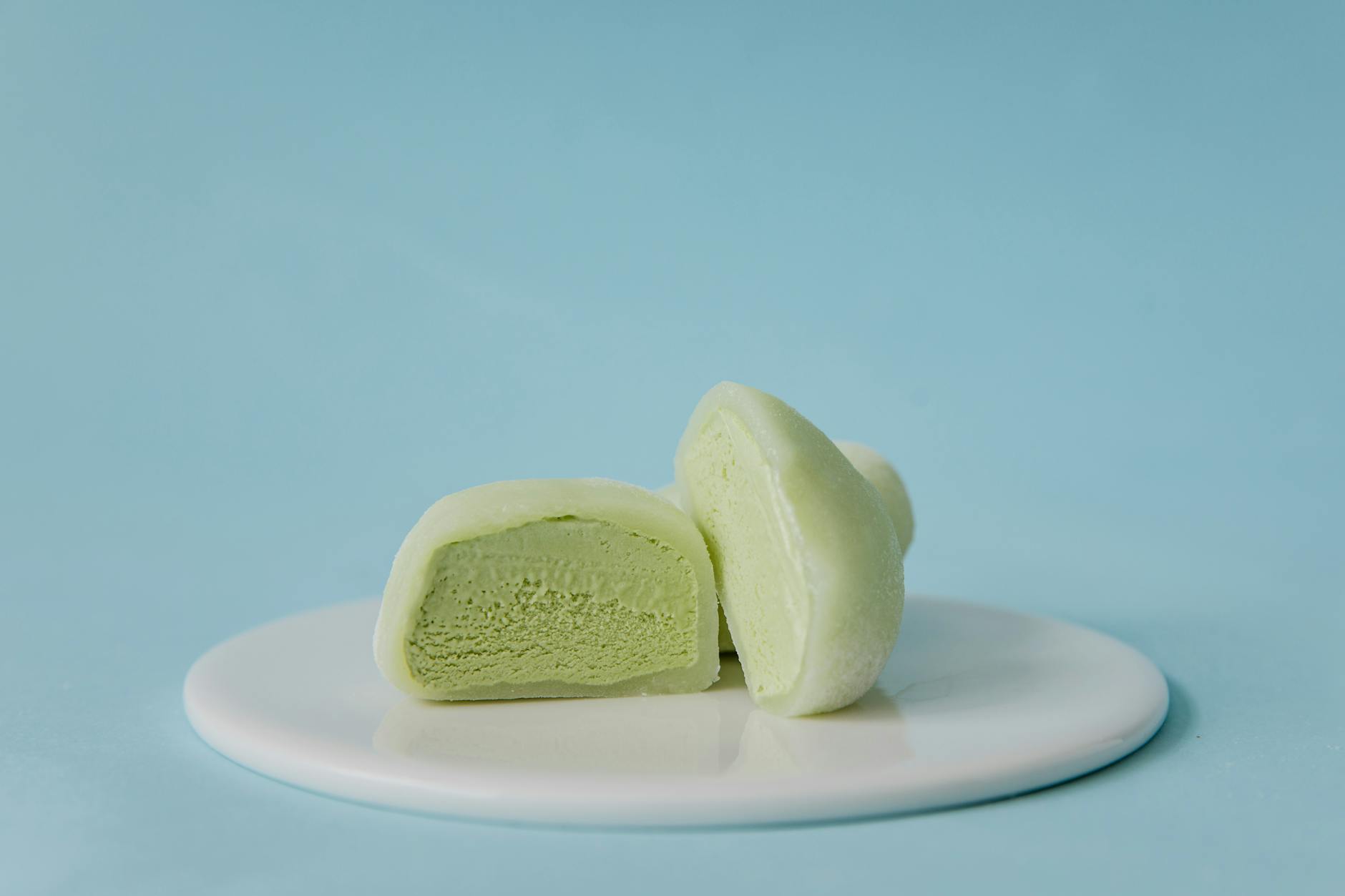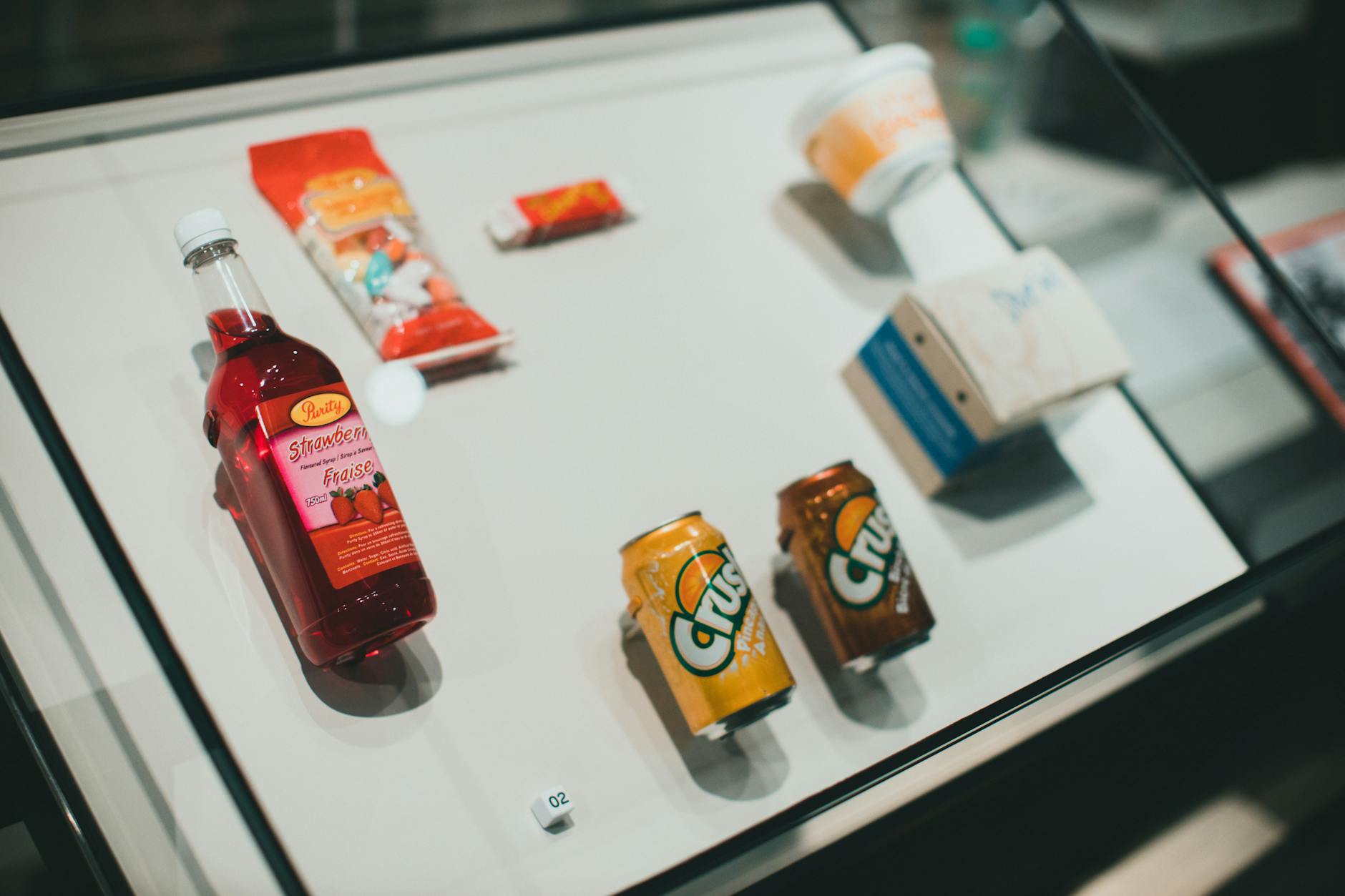Is Your Sunscreen Reef-Safe in Australia? Essential Tips for Eco-Conscious Travelers

Understanding Reef-Safe Sunscreens
As someone passionate about preserving our precious marine ecosystems, I'd like to share some insights on reef-safe sunscreens. Protecting our skin from harmful UV rays is vital, especially for outdoor enthusiasts, yet we must consider how our sunscreen choices affect the environment. For those frequenting the Great Barrier Reef Marine Park, using eco-friendly products is a conscious step toward marine conservation.
When selecting sunscreens, key ingredients to avoid include oxybenzone and octinoxate. These chemicals contribute to coral bleaching and harm marine life. Opting for mineral-based sunscreens with zinc oxide or titanium dioxide can significantly reduce the environmental impact. These ingredients form a physical barrier on the skin and are less likely to dissolve in water, making them safer for the reef.
For parents and eco-conscious adventurers like photographer Liam Bennett, using a kids sunscreen brand might offer a double benefit: gentle formulations safe for children's skin, and an eco-friendly label. To identify truly reef-safe sunscreens, look for products bearing certification labels that confirm compliance with environmental standards. I recommend researching and supporting brands prioritizing eco-friendly practices.
Your sunscreen selection can play a vital role in marine conservation. By choosing wisely, you join countless others striving for a healthier, more sustainable future for our oceans.
Environmental Impact in Australia
Australia's Marine Ecosystems
As someone deeply committed to reef protection, I can tell you firsthand about the vast beauty and biodiversity found in Australia's marine ecosystems. From colourful coral gardens to diverse fish species, places like the Great Barrier Reef Marine Park stand as global environmental treasures. These areas serve not only as safe havens for countless marine life but also play a critical role in sustaining coastal economies. However, with increased human activity, including tourism and chemical pollution, these ecosystems are facing challenges.
To protect these environments, using products like reef safe sunscreen is essential. Such options minimize harmful chemical runoff that can bleach corals and disrupt marine life cycles. By making conscious choices, we can collectively reduce the negative impacts on these underwater worlds.
Local Legislation and Guidelines
In Australia, local legislation is adapting to protect marine areas better. Various guidelines encourage or mandate the use of environmentally safe products, especially in high-traffic areas near delicate reefs. While policies continue to evolve, individual choices can make a significant difference. Whenever possible, opt for eco-friendly alternatives when visiting marine parks and ecological sites.
Effects of Sunscreens on Reefs
Scientific research has illuminated the detrimental effects of certain chemicals found in traditional sunscreens. These substances can be toxic to corals, feeding into the broader issue of reef degradation. Using friendly alternatives that keep our ecosystems vital ensures that future generations will continue to experience the wonders of places such as the Great Barrier Reef Marine Park.
Choosing the Right Sunscreen
Reading Product Labels
Selecting sunscreen involves more than checking the SPF. Ingredients matter greatly, especially in protecting marine ecosystems such as the Great Barrier Reef Marine Park. While reading labels, look for products that avoid harmful chemicals like oxybenzone and octinoxate, which can contribute to coral bleaching. Instead, consider mineral-based options with zinc oxide or titanium dioxide, which are generally safer for the environment and your skin.
Sunscreen Types and Textures
Different activities call for different sunscreen formulations. When you're engaging in outdoor adventures near the vibrant hues of places like the Flecker Botanic Gardens, lightweight lotions or gels may be a better choice if you're prone to sweating. Creams might serve you well during leisurely activities, providing a protective layer that stays put. For those mindful about ecology, choose sunscreen textures that won't easily wash off into water bodies.
Application for Adventure Photography
For someone like Liam Bennett, balancing environmental consciousness with occupational needs is key. Protecting your skin while ensuring minimal environmental impact can be achieved by opting for baby sunscreen, often formulated to be gentler and safer for sensitive settings. Apply liberally and frequently, particularly to parts of the body exposed to prolonged sun exposure during photography sessions. Armed with these practical tips, you can engage in your craft more responsibly, knowing you're safeguarding both yourself and the spectacular natural world you capture.
Best Practices for Eco-Conscious Use
Application Techniques
Selecting and using zinc sunscreen supports the Great Barrier Reef's health by reducing chemical pollution. As an advocate for reef protection, I recommend applying it 15 minutes before exposure. Doing so ensures it forms an effective barrier against UV rays and provides better protection. Remember to apply a generous amount on all exposed skin areas and reapply every two hours for continued protection, especially during extended photo shoots.
Alternative Sun Protection
Aside from sunscreen, consider integrating alternative methods to shield yourself from the harsh Australian sun. Wearing wide-brim hats and UV-protective clothing can minimize the need for frequent sunscreen reapplication. Embrace the shade whenever possible, especially between 10 AM and 4 PM when UV rays are at their peak. Conservationists often utilise these techniques to reduce reliance on chemical sunscreens.
Reducing Overall Sunscreen Use
Finally, to further lessen environmental impact, time your outdoor activities strategically. Choose early morning or late afternoon for outdoor adventures to avoid the most intense sunlight. By combining these practices with mindful use of reef-safe products, we not only protect ourselves but also the invaluable marine life teeming in the waters off Cairns. Employing these eco-friendly strategies ensures we tread lightly on the reefs we seek to conserve.
Practical Conservation Tips for Reef-Safe Practices
Promoting Reef-Safe Choices Among Travelers
As someone living in close proximity to iconic destinations like the Great Barrier Reef Marine Park, it's essential for us to guide travelers towards choices that safeguard these natural wonders. For visitors and locals venturing into the Flecker Botanic Gardens, the significance of using reef-safe sunscreen becomes evident. It's about educating oneself on what goes beyond the label claims, understanding that some commonly used chemicals like oxybenzone and octinoxate can cause harm to our precious marine life. To be proactive in conservation, opt for mineral-based sunscreens with zinc oxide or titanium dioxide. These ingredients are less likely to disrupt aquatic ecosystems.
Being Mindful of Our Surroundings
Incorporating eco-friendly habits extends beyond sunscreen use. When exploring places such as the Tjapukai Aboriginal Cultural Park, it’s wise to carry reusable water bottles and tote bags, reducing plastic pollution that also poses a threat to marine habitats. Consider clothing options with UPF protection – it's a great way to minimize the amount of sunscreen required while still protecting your skin from harsh UV rays.
Community Engagement and Education
Empowerment begins with education. By participating in community workshops or discussions about marine protection, you become an advocate for the natural beauty surrounding you. Share your knowledge about reef-safe products with fellow tourists and locals alike. Whether you're diving into the clear waters or hiking through lush gardens, the commitment to environmental preservation can make a profound impact. Let's work together towards a sustainable future, preserving our beloved ecosystems for generations to come.


